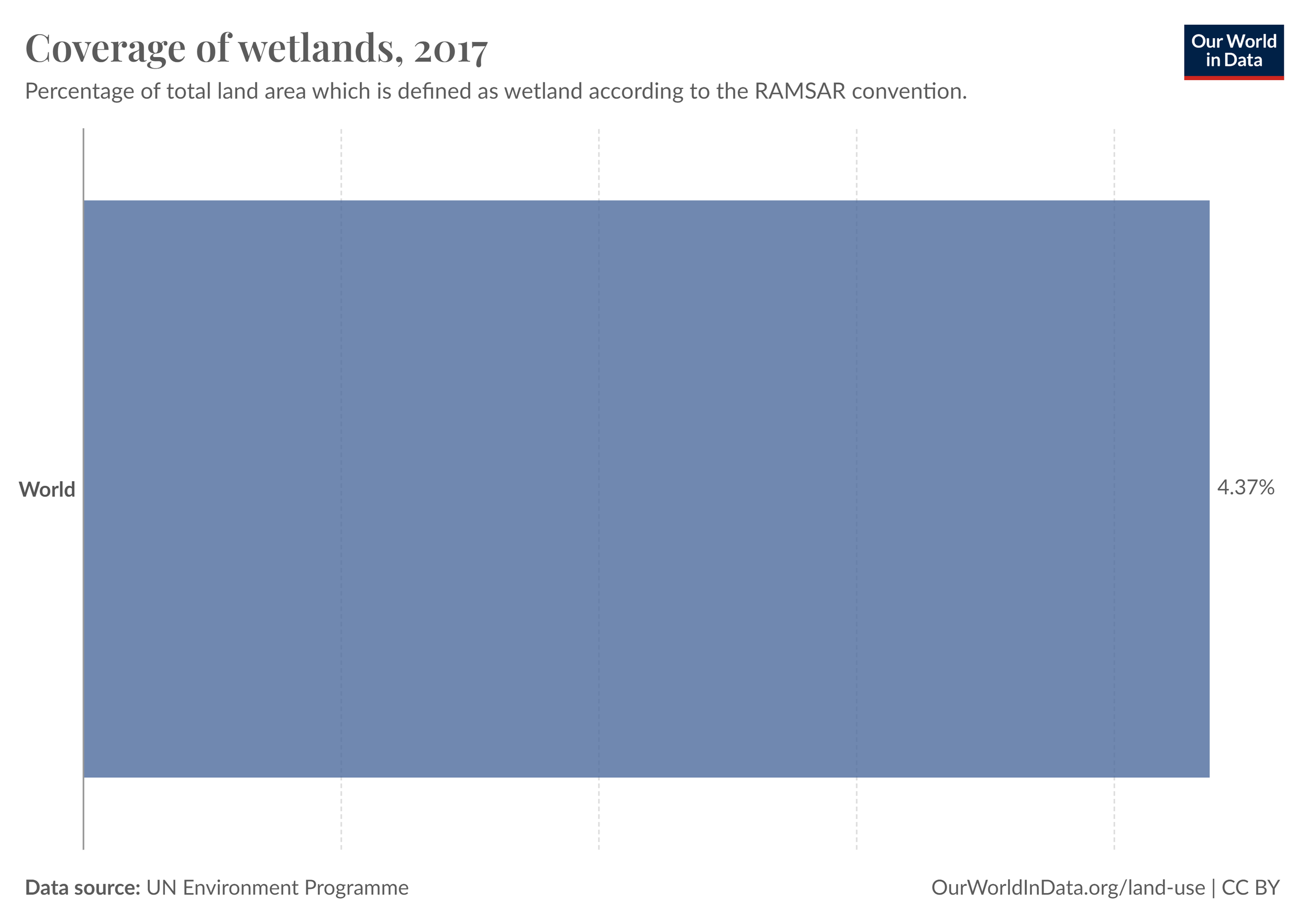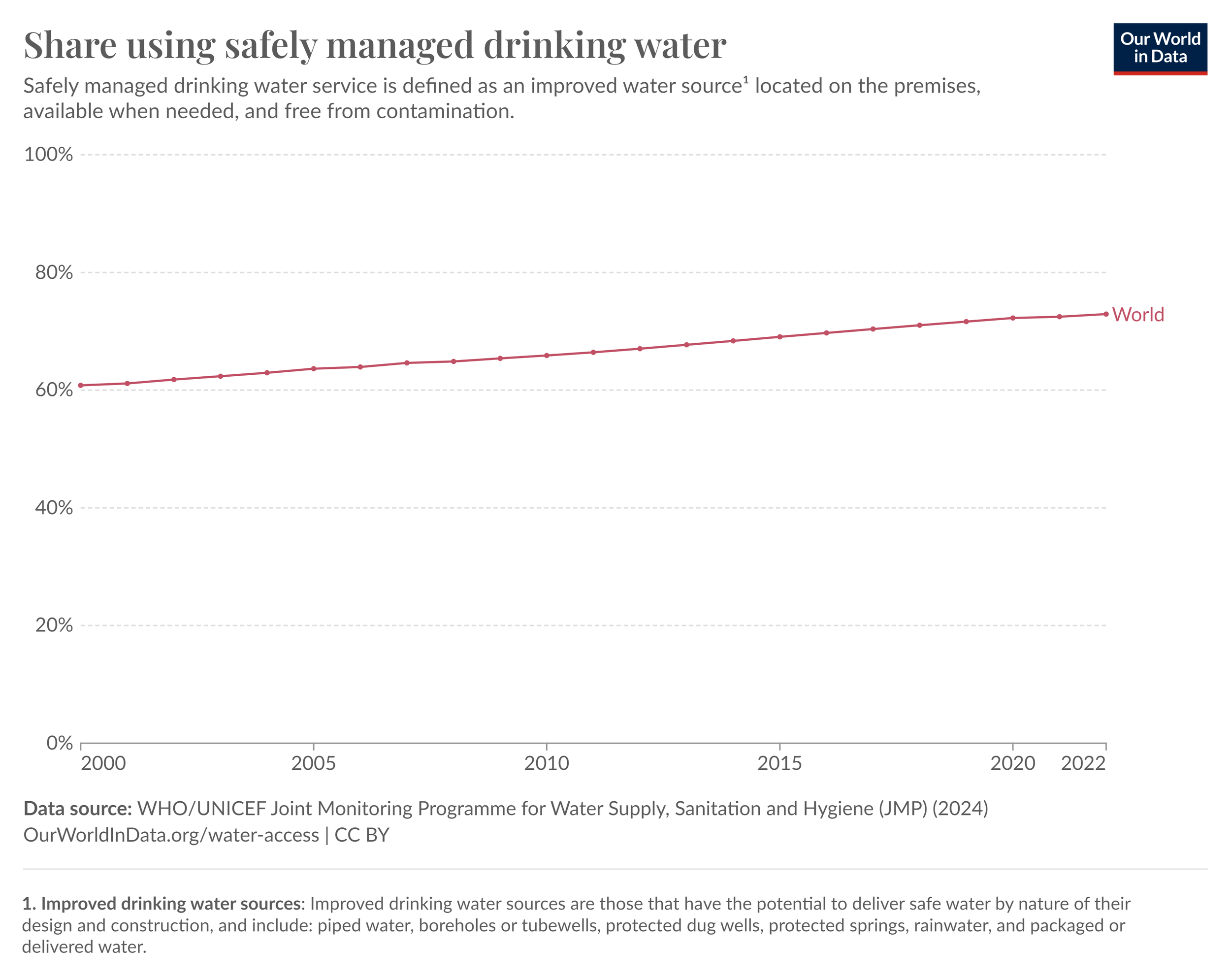SDG #6 is to “Ensure availability and sustainable management of water and sanitation for all”
Within SDG #6 are 8 targets, of which we here focus on Target 6.6:
By 2020, protect and restore water-related ecosystems, including mountains, forests, wetlands, rivers, aquifers and lakes
Target 6.6 has one indicator:
This target introduces us to the Ramsar Convention on Wetlands of International Importance. The Contracting Parties to this treaty agreed to it in Ramsar, Iran in 1971. The definition of wetland according to the convention are:
“areas of marsh, fen, peatland or water, whether natural or artificial, permanent or temporary, with water that is static or flowing, fresh, brackish or salt, including areas of marine water the depth of which at low tide does not exceed six metres…may incorporate riparian and coastal zones adjacent to the wetlands, and islands or bodies of marine water deeper than six metres at low tide lying within the wetland.”
Such is the nature of some types of wetlands, such as a fen, they’ve taken millennia to form, and once damaged, we cannot restore them with ease. The Ramsar categorises wetlands into three types: on the coast in marine environments, inland, and human made. The convention also lists those wetlands which have international importance. Each of the Convention's Contracting Parties nominated these within their territory.
A report taking stock of the state of the world’s wetlands - the year of the SDGs adoption - deemed 45% of wetlands degraded. We've lost 87% altogether since the start of the 20th century Among the costs we bear for this is the loss of regulating services wetland areas offer.
The powers of Earth and GIS observation technologies utilising satellites to allow us to take stock of the planet’s Earth systems.
We can measure the water quality by the amount of sediment, plankton and organic matter is in the body of water, or how much biomass is being collected
For this target, we measure the changes in the extent of wetland ecosystems are in square kilometres. There’s even a website for Indicator 6.6.1 to track the health of freshwater ecosystems for this: sdg661.app. Other similar endeavours include:
As of 2022, lakes and rivers cover 0.02% of the world’s land, a number we want to make sure we maintain or increase for the purposes of this target. Global wetlands coverage was 4% as of 2017. The change in mangrove area from a 2000 baseline was a reversal of 3%, little changed from the start of the SDG period in 2015.


































